By Paul Cigan, DNR Forest Health Specialist
Paul.Cigan@wisconsin.gov or 715-416-4920
Emerald ash borer (EAB) has been discovered in Bayfield County for the first time in both the city of Bayfield and Bayview township to the south. This marks the 63rd out of Wisconsin’s 72 counties to have an EAB discovery since its initial detection in 2008.
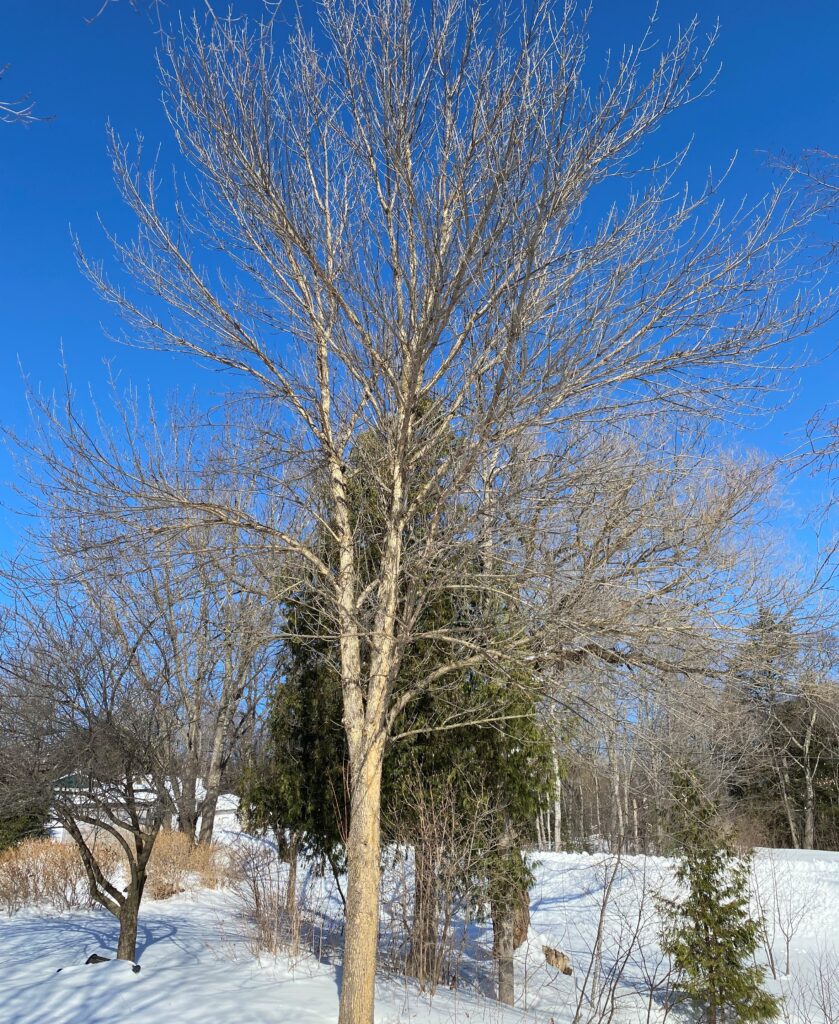
Figure 1: First known infested ash tree in Bayfield County with characteristic woodpecker damage (i.e., flecking).
Photo: Wisconsin DNR
Several white ash trees (Fig 1.) were observed in and around a roadside park in the city of Bayfield, and larval specimens were subsequently lab-confirmed. In Bayview, a black ash swamp had several infested black ash (Fig 2).
After introduction, EAB populations remain low for at least several years as most larvae in newly infested, healthy ash require two years to complete their life cycle. The abundance of healthy ash at each site suggests EAB populations have remained low since their introduction at least three years ago. However, EAB will kill ash more quickly as beetle numbers mount and more larvae transform from egg to adult in a single year. Unfortunately, many ash in the area are expected to die within four to seven years based on detection-to-impact timeframes observed from the Superior and Duluth area and research conducted in midwestern states. Continue reading “Emerald Ash Borer Found In Bayfield County” →




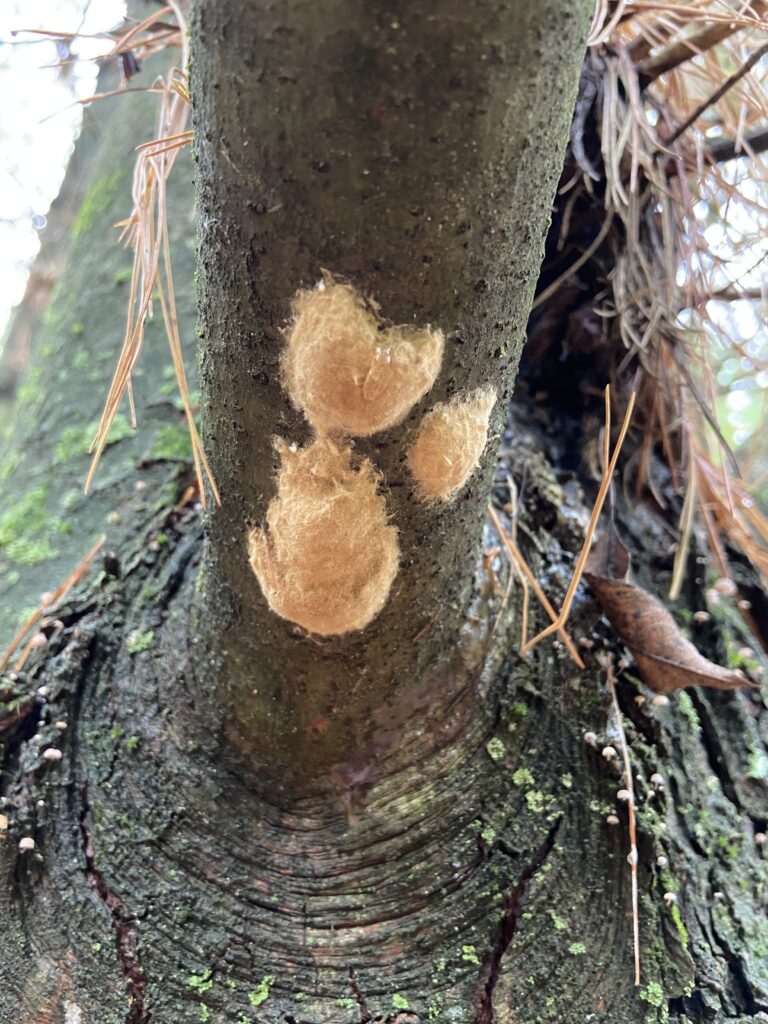
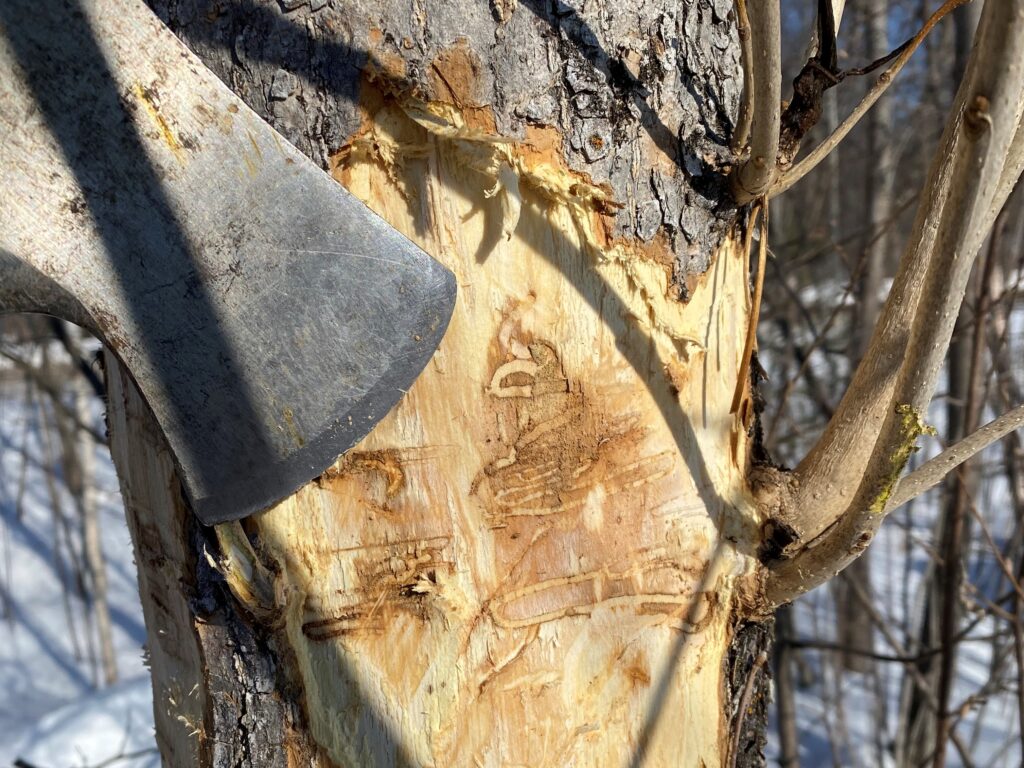
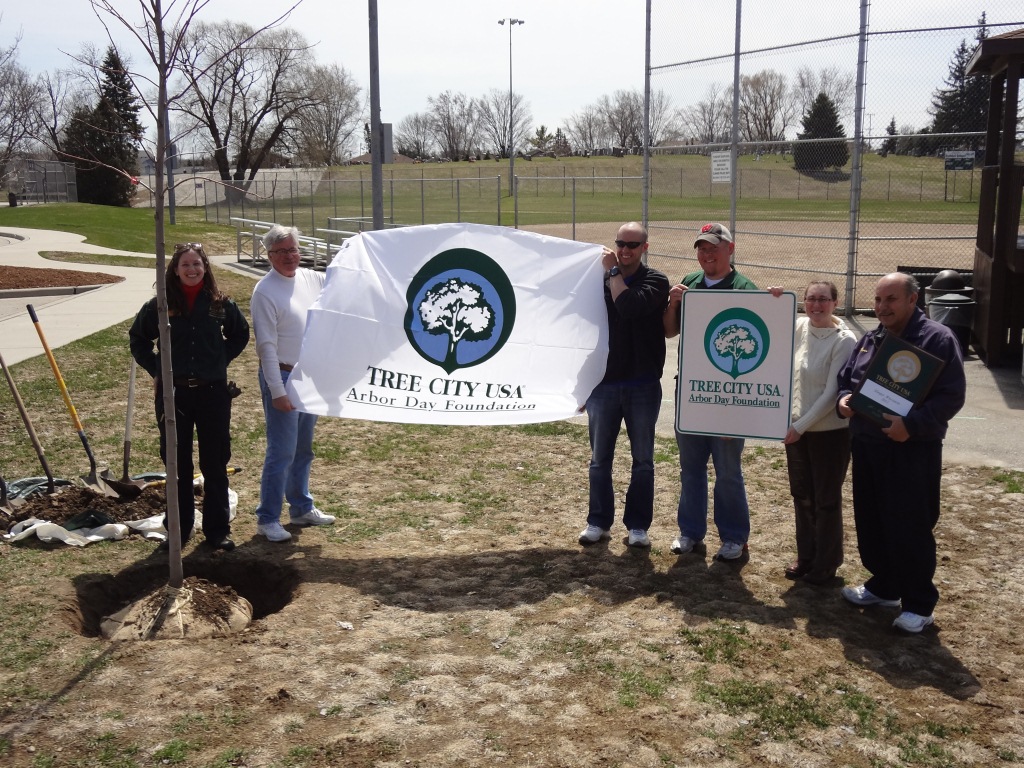 An Arbor Day celebration and proclamation will be required in 2022 to earn or maintain Tree City USA designation. An Arbor Day celebration will also be required to earn or maintain Tree Campus Higher Education and Tree Line USA recognition.
An Arbor Day celebration and proclamation will be required in 2022 to earn or maintain Tree City USA designation. An Arbor Day celebration will also be required to earn or maintain Tree Campus Higher Education and Tree Line USA recognition. The purpose of the Wisconsin Urban Forestry Council is to advise the state forester, currently Heather Berklund, and the Wisconsin Department of Natural Resources (DNR) on the best ways to preserve, protect, expand and improve Wisconsin’s urban and community forest resources.
The purpose of the Wisconsin Urban Forestry Council is to advise the state forester, currently Heather Berklund, and the Wisconsin Department of Natural Resources (DNR) on the best ways to preserve, protect, expand and improve Wisconsin’s urban and community forest resources.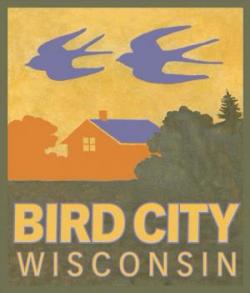 Act fast to keep your Tree City, Bird City and Bee City status! Due dates are as follows:
Act fast to keep your Tree City, Bird City and Bee City status! Due dates are as follows: